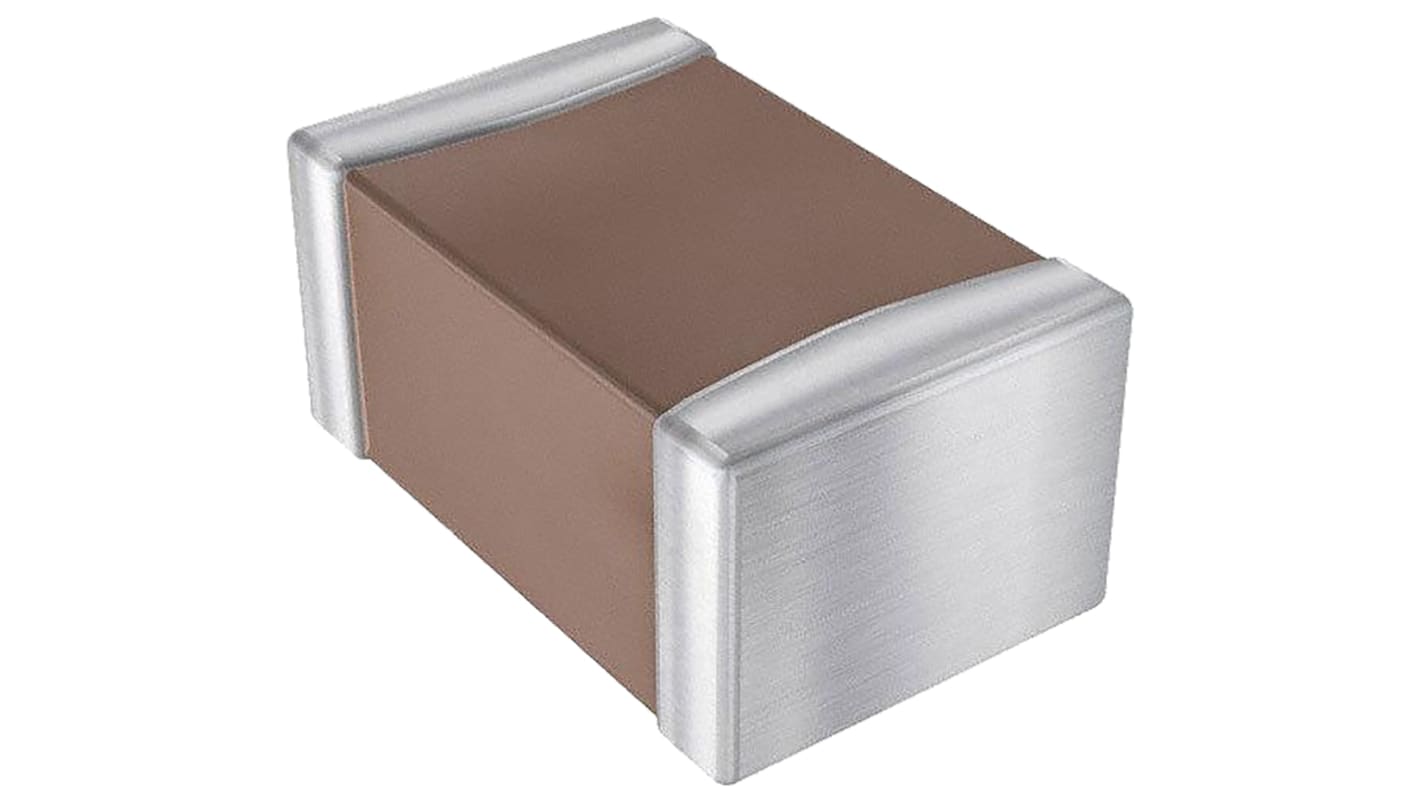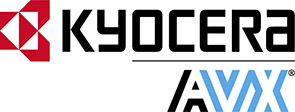KYOCERA AVX 2.2nF MLCC, 100V dc V, ±5% , SMD
- RS Stock No.:
- 174-7380
- Mfr. Part No.:
- 08051A222JAT2A
- Brand:
- KYOCERA AVX

Subtotal (1 reel of 3000 units)*
£180.00
(exc. VAT)
£210.00
(inc. VAT)
FREE delivery for orders over £50.00
Temporarily out of stock
- Shipping from 28 January 2026
Need more? Click ‘Check delivery dates’ to find extra stock and lead times.
Units | Per unit | Per Reel* |
|---|---|---|
| 3000 + | £0.06 | £180.00 |
*price indicative
- RS Stock No.:
- 174-7380
- Mfr. Part No.:
- 08051A222JAT2A
- Brand:
- KYOCERA AVX
Specifications
Technical Reference
Legislation and Compliance
Product Details
Find similar products by selecting one or more attributes.
Select all | Attribute | Value |
|---|---|---|
| Brand | KYOCERA AVX | |
| Capacitance | 2.2nF | |
| Voltage | 100V dc | |
| Package/Case | 0805 (2012M) | |
| Mounting Type | Surface Mount | |
| Dielectric | C0G | |
| Tolerance | ±5% | |
| Dimensions | 2.01 x 1.25 x 1.4mm | |
| Automotive Standard | AEC-Q200 | |
| Length | 2.01mm | |
| Depth | 1.25mm | |
| Height | 1.4mm | |
| Terminal Type | SMT | |
| Minimum Operating Temperature | -55°C | |
| Maximum Operating Temperature | +125°C | |
Select all | ||
|---|---|---|
Brand KYOCERA AVX | ||
Capacitance 2.2nF | ||
Voltage 100V dc | ||
Package/Case 0805 (2012M) | ||
Mounting Type Surface Mount | ||
Dielectric C0G | ||
Tolerance ±5% | ||
Dimensions 2.01 x 1.25 x 1.4mm | ||
Automotive Standard AEC-Q200 | ||
Length 2.01mm | ||
Depth 1.25mm | ||
Height 1.4mm | ||
Terminal Type SMT | ||
Minimum Operating Temperature -55°C | ||
Maximum Operating Temperature +125°C | ||
AVX 0805 COG (NPO) Dielectric MLCC Capacitors
This range of AVX COG (NPO) MLCCs (Multilayer Ceramic Capacitors) feature one of the most stable capacitor dielectrics available. The capacitance change with temperature is 0 ±30ppm/°C, which is less than ±0.3% C from -55°C to +125°C. The operating temperature range is 55ºC to +125ºC.
Automotive MLC capacitors cover a wide range of case sizes, capacitance values, and working voltages. These products are not suitable for automotive industry only, but for all improved reliability applications as well. Capacitors are continuously tested in QA (Quality Assurance) laboratories. Results of these tests enable to maintain superior quality.
Voltage: 16V to 500V
Case Size: 0402 to 2220
Capacitance Range: 1pF to 22uF
Dielectric: NP0 (C0G), X7R, X8R
Case Size: 0402 to 2220
Capacitance Range: 1pF to 22uF
Dielectric: NP0 (C0G), X7R, X8R
0805 Range
Nickel barrier terminations covered with a layer of plated Tin (NiSn). Applications include mobile phones, video and tuner designs, COG/NPO is the most popular formulation of the "temperature compensating", EIA Class I ceramic materials, X7R, X5R formulations are called "temperature stable" ceramics and fall into the EIA Class II materials, Y5V, Z5U formulations are for general purpose use in a limited temperature range, EIA Class II materials; these characteristics are ideal for decoupling applications.
